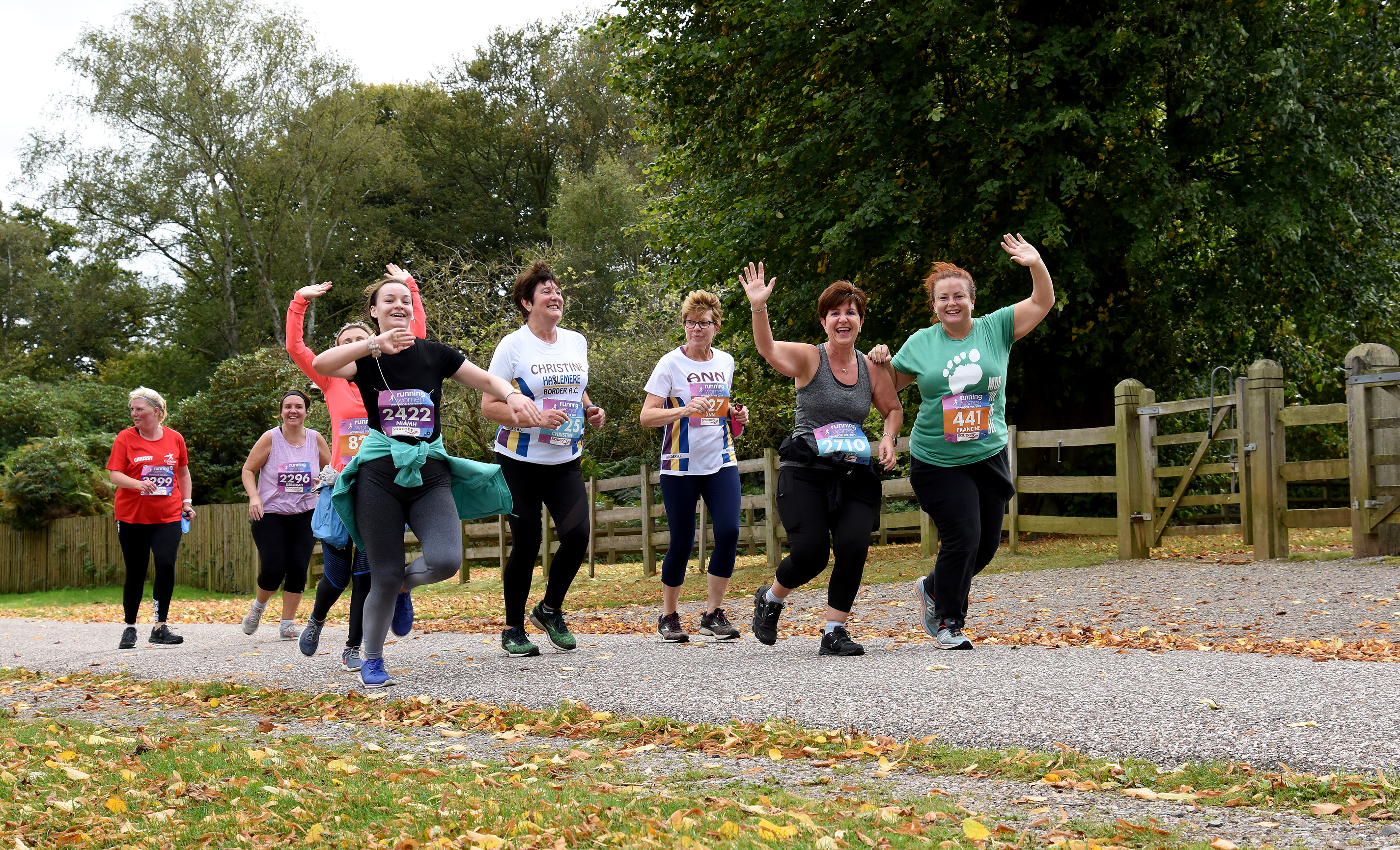Trail Running
Trail Running: Your Secret Weapon
When we say trail running, I’m sure many of you think of muddy paths through fields with some hills thrown in there for good measure. But trail running can be so much more!
Do you:
– Have some races coming up this summer?
– Want to be a stronger runner?
– Get bored of your same-old routes?
If you answered yes to any of the above, then this is your sign to try trail running! However, we know that trail running is perhaps not as easily started as road running is. So, we’ve put together some FAQs, trail running tips and techniques to get your trainers laces and out on the trails.
Do you need trail running shoes?
In short, we’d recommend getting some trail shoes, yes! They tend to be made to be a bit sturdier, emphasising surface grip, foot production and stability. There are plenty of trail running shoes out there so be sure to visit your preferred running shop and get a pair, especially for these runs.
What are the benefits of trail running?
Being at one with the movement of running, and with your surroundings, is probably the biggest mental benefit of train running. Every trail is entirely unique, and every train running experience can be exactly that too. Focus on how each part of your running movement feels, on the details of your surroundings, and become present.
As a result of the opportunity to tune in with yourself, many runners adopt a more relaxed and carefree approach to their sessions when trail running. This helps balance against the somewhat competitive track sessions and road races because the focus becomes on just putting one foot in front of the other.
Check out our recent blog detailing why running is benefiting your mind as well as your body!
When it comes to the physical benefits of trail running, due to running on (mostly) soft surfaces when trail running, this form of running is better for your joints as the softer grass or compact forest trails help to absorb some of the impact. This can lead to you minimising some of the common injuries that runners get from running on paved and tarmacked surfaces each day.
Trail running will challenge your ability to adapt, with the surfaces, elevation and terrain changing constantly. This will force you to adapt your running gait and the length of your steps as you adjust to these changes. It can be a great way to build strength and stability in muscle groups that you don’t often use
What should you take with you trail running?
You don’t need any special kit for trail running, with the exception of trail shoes (we’d suggest!). Furthermore, much like any other run, it really depends on you as an individual and the run / distance you’ve got planned.
You might want to consider taking some water in the form of a bottle or a hydration pack. As with other long runs, some sort of fuel might be necessary, either as gels or more solid snacks.
If you’re running somewhere new or unfamiliar, you might want to take a map/compass or GPS unit. We’d also suggest taking lights, even just on a dull day because it helps you be seen if it gets darker, especially in areas such as forests where the daylight can be blocked. This will help you see and be seen whilst trail running.
What is a good trail running technique?
Your trail running stride should be shorter than your stride when running on the road or on the track. This will ensure that your feet stay under your body at all times, preventing overstriding – and the falls that could come with it!
When it comes to your eyes, you shouldn’t be looking at your feet, but you might want to glace down more often to check for any obstacles such as tree roots that might require a small change in your stride or direction.
Much like road running, keep your arms swinging close to your body and coordinated with your feet.
When the elevation of the trail changes, shorten your stride a bit more – just like you would if you were going up a tarmacked hill on the road. And, for the record, there’s no shame in walking up the hills, especially if there’s minimal sure-footing!
Is trail running easier than road running?
This is really very subjective to the runner! You don’t tend to run as fast when trail running due to the variable surface, which can make it easier in that sense. Alternatively, trail running can often include less-friendly hills which can really raise the heart rate; in that sense it can work your body a bit harder.
Unlike road running, the pace you will run on the trails is very much dependent on the terrain and surface. Therefore a much better metric to look at when trail running is those that indicate effort; whether that be heart rate, or just rating your effort levels out of 10.
How can you improve your trail running?
Once you’ve got used to the ways of trail running, you might want to move on to bigger goals. And that doesn’t have to be about getting faster! You might be working towards a better running form, running further, or entering your first trail race.
Whilst trail running is still running, you might want to take a different approach to this training routine. Almost all trail routes include climbs, so improving your hill running technique is one of the best things you can do to improve your trail running.
Try some hill intervals up a moderate hill. Firstly, do 5 reps up the hill and walk down, focusing on your stride and relaxed body. Then do 5 downhill reps, walking back up, concentrating on looking to see where best to place your foot.
If you want to run further and improve your cardio, try adding a little bit onto each trail run – even if you alternate between running and walking for this bit. If you do this every week, you’ll have progressed slowly and safely towards running that bit further!
Tag us in your trail running photos on social media!
Similar Posts:
- Trail Running
- Trail Running
- Treadmill Running
- The Very Best Cross Training Ideas For Runners
- What is Cross Training?
- Beyond Road Running




Add Comment